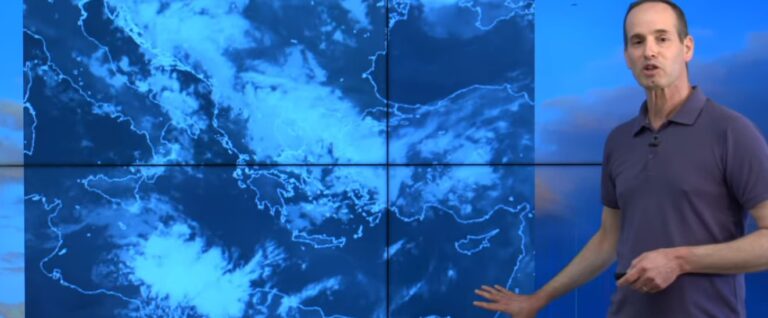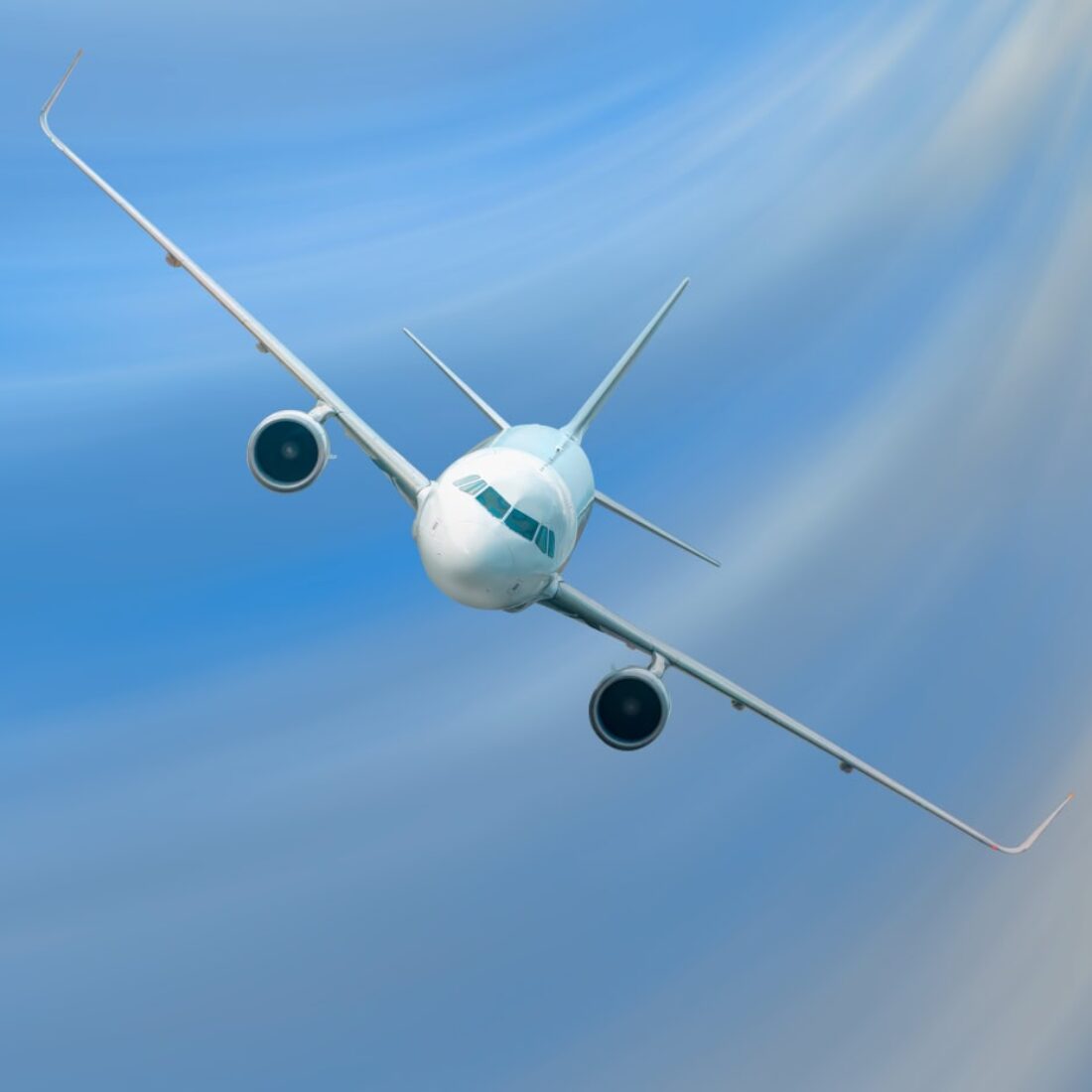If you even occasionally check the news, you most likely saw the story of Singapore Airlines flight SQ321.
On May 20, the flight from London to Singapore, with 211 passengers and 18 crew members on board, ran into severe turbulence while 37,000 feet in the air.
The Boeing 777-300ER aircraft dropped 178 feet in four seconds, leaving over a dozen people injured. A 73-year-old British man died of a suspected heart attack during the incident, the first turbulence-related death in 25 years.
Days later, a Qatar Airways flight from Doha to Ireland was caught in a similar turbulence event that left 12 people injured.
What is turbulence?
Following the incidents, the word “turbulence” was trending online for days as people frantically searched whether this danger awaits them on their next flight.
“Turbulence, also known as air pockets, causes aircrafts flying in the air to start thrusting up and down due to a sudden [temporary] loss of altitude,” Amit Savir, deputy director of the Operational Meteorology department at the Israel Meteorological Service, tells ISRAEL21c.

“The severity of air pockets, which are essentially air currents, determines the severity of the thrusts,” he adds.
Savir says there are many turbulence types, depending on what causes it, and they vary in intensity from light to moderate to severe. Instances are considered severe when loose objects move around the cabin and control of the aircraft is briefly lost.
Most incidents pose little danger to modern planes flying at ultra-high altitudes. Some types, such as thunderstorm turbulence, are relatively easy to forecast with current technology.
Even jet stream induced-turbulence is slowly becoming predictable. Jet streams are fast-flowing air currents in the upper levels of Earth’s atmosphere.
“Jet streams are normally accompanied by visible cloud streaks. Pilots see these areas, which are prone to turbulence, marked on their maps and satellite imaging,” notes Savir.
“Pilots can, therefore, either adjust the route or tell passengers to fasten their seat belts, depending on how severe the turbulence is expected to be.”
Clear air turbulence
The most dangerous of turbulence types is clear air turbulence (CAT), because it’s not visible to either human or digital eyes.
The US Federal Aviation Administration defines CAT as “sudden, severe turbulence occurring in cloudless regions that causes violent buffeting of aircraft.”
This is the turbulence type responsible for last month’s incidents that made headlines around the globe. It is also associated with jet streams.
“It is the same jet stream turbulence, you just don’t see it. There are no visual indicators to warn you, no clouds or thunderstorms. So, pilots sometimes enter into moderate to severe turbulence unknowingly,” explains Savir.
“When that happens, sometimes a plane drops thousands of feet in a matter of seconds, and anyone without a seatbelt on or walking around the aisle is thrust into the roof.”

Savir adds that CAT doesn’t normally lead to crash events.
“During flight, planes spend most of their time so high in the atmosphere that even if they suddenly drop in altitude, they still remain very high. It could be problematic if planes fly at low altitude.”
55% increase in 40 years
Savir adds the vast majority of CAT incidents end without injuries, and don’t make international headlines, despite occurring more and more often.
Last year’s study by the Department of Meteorology at the University of Reading showed that severe CAT over North America has increased by 55% in the past 40 years.
Moderate turbulence, meanwhile, has increased by 37%, and light by 17%.
The main cause for this increase is believed to be climate change, which increases instability, including speed and direction, in jet streams.
שיאניות הגשם על פה התחנות האוטומטיות שלנו, מ 20:00 בערב ועד הבוקר:
— השירות המטאורולוגי הישראלי (@METEOROLOGY_IL) February 2, 2024
הכפר הירוק – 76 מ"מ
קרני שומרון – 52.1 מ"מ
אין החורש – 49 מ"מ
תל אביב חוף – 46.1 מ"מ
וככה זה נראה במכמ שלנו: pic.twitter.com/E6xR0C5roz
“The problem areas are mostly the North Atlantic Ocean [due to disruptions to the North Atlantic jet stream] and the equator,” he says.
One study predicted CAT will double in occurrence in some locations around the world by 2050.
“The reason is not entirely clear, but it’s believed to be due to unequal warming of the planet and CO2 emissions. If the warming isn’t uniform across the globe, it’s a recipe for an increase in jet streams and turbulence-prone areas.”
The future of aviation
Savir explains that as jet streams become sophisticated, so do our “forecasting tools.”
He adds that meteorological prediction models are constantly improving, including satellite and radar systems.
“In the near future we will have the ability to alert the pilots before the flight or even in real time about turbulence events along the route,” he says.
“The pilots themselves will be better equipped to report [on turbulence activity on their route] to other planes in the area.”
Savir admits, however, there will always be surprises, but we will be “better prepared for them.”
He sounds hesitant when talking about artificial intelligence being a potential tool that could forecast turbulence, the most unpredictable weather phenomenon.
“AI learns based on past patterns, and thankfully we haven’t had that many extreme events relating to turbulence in our history.”
When I ask Savir what is the safest way to fly in order to avoid getting hurt by turbulence, he laughs, and then answers: “Don’t. Just don’t fly.”
















